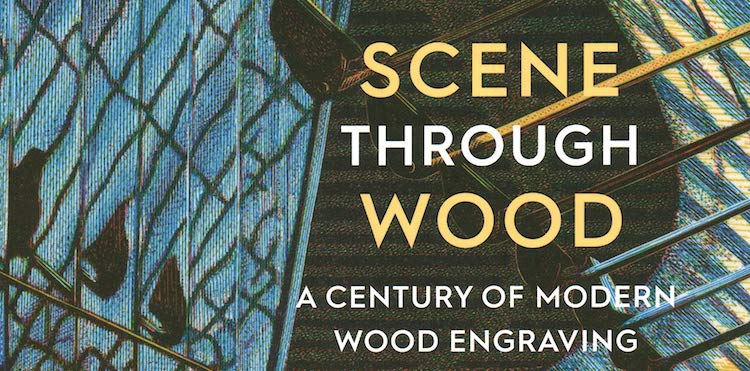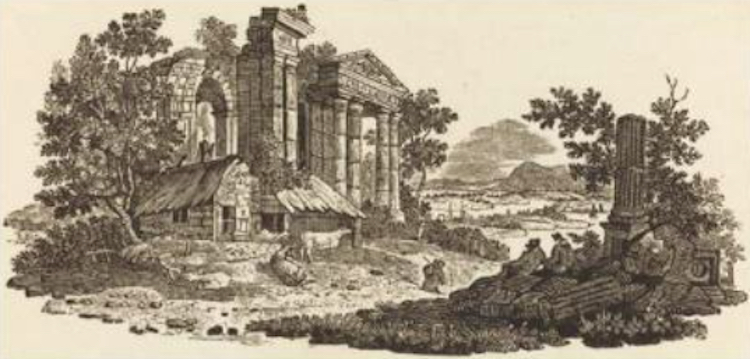

The technique of wood engraving was pioneered by Thomas Bewick in the late eighteenth century. Utilising more precise tools than woodcut printing, and using the end-grain rather than the side-grain, Bewick’s engravings were—according to Susan Doyle’s comprehensive History of Illustration—“capable of far more detail than earlier woodcuts”.
As William M. Ivins writes in Prints and Visual Communication, “the development of this technique under the hands of Bewick and others constitutes a very important part of the story of prints during the nineteenth century. It brought the wood-block back into books, and gave the greater public for the first time copious illustrations for its texts.” In A History of Book Illustration, David Bland agrees that the Bewick method “rescued the woodcut from oblivion and made it a suitable method of illustrating the mass-produced book”.
Scene through Wood: A Century of Modern Wood Engraving, an exhibition marking the centenary of the Society of Wood Engravers, was held at the Ashmolean Museum in Oxford in 2020 (after a slight delay due to the coronavirus pandemic), and is now on show at the Dorset Museum in Dorchester. Curated by Anne Desmet, the exhibition features more than 200 wood engravings, organised thematically, from the Ashmolean and various private collections.
As William M. Ivins writes in Prints and Visual Communication, “the development of this technique under the hands of Bewick and others constitutes a very important part of the story of prints during the nineteenth century. It brought the wood-block back into books, and gave the greater public for the first time copious illustrations for its texts.” In A History of Book Illustration, David Bland agrees that the Bewick method “rescued the woodcut from oblivion and made it a suitable method of illustrating the mass-produced book”.
Scene through Wood: A Century of Modern Wood Engraving, an exhibition marking the centenary of the Society of Wood Engravers, was held at the Ashmolean Museum in Oxford in 2020 (after a slight delay due to the coronavirus pandemic), and is now on show at the Dorset Museum in Dorchester. Curated by Anne Desmet, the exhibition features more than 200 wood engravings, organised thematically, from the Ashmolean and various private collections.

The exhibition (running from 9th February to 1st May) is accompanied by a scholarly catalogue featuring artist biographies and an extensive bibliography. The first book on the subject, A History of Wood Engraving by Douglas Percy Bliss, focuses largely on European woodcuts. A later book with the same title, by Albert Garrett, is more comprehensive. Arthur M. Hind’s classic A History of Engraving and Etching covers all forms of engraving, though makes only passing mention of Bewick’s innovation.
